Let’s Start with the Basics
Commercial Leasing Breakdown
What is Commercial Leasing?
A branch of real estate that involves and includes the process of renting a space in a building or area intended for commercial use (such as a brick and mortar retail store, restaurant, office or industrial space). The term “leasing” refers not to buying or selling commercial property, but rather renting all or part of a property from the owner of such property.
Key Players and Components
Landlord and Tenant
Landlord: The owner of the property
Tenant: The individual or company looking to occupy a landlord’s property
Similar to a professional athlete or musician, where the player/musician must sign a contract with their respective league, team, music label and/or sponsor in order to establish the basics prior to playing or performing (i.e., their rights, obligations, salary and other terms and conditions), so too must the real estate players who are parties to a commercial lease. On one side of the negotiating table is the landlord, and on the other the tenant. Once the business, legal and financial terms are agreed upon, the written contract which they ultimately sign to memorialize the terms and conditions of their leasing relationship is better known as a lease. Some leases can be as long as 50 to 100 pages or more, and often include provisions relating to base rent, additional rent (such as for real estate taxes and operating expenses of the building), security deposit, the lease term, assignment of the lease, subletting of the tenant’s space, the performance of any work by landlord and the tenant, concessions such as free rent granted to a tenant or a landlord’s financial contribution to the build-out of a tenant’s space, default and termination language, personal or “good-guy” guarantees and renewal options.
Broker
Virtually every professional athlete or musician has an agent to help them navigate and negotiate the playing field of life and the profession they have chosen, as well as their playing or performing contract and endorsement deals. Similarly, landlords and tenants often employ their own “agents,” namely brokers. The role of a broker is multifaceted; from that of advocate, leasing mentor and marketer or locator of space, to that of a negotiator and a facilitator of relationships with other essential players involved in a commercial lease (i.e., an attorney, architect and contractor).
Once the target is found, it’s time to draft the LOI.
Akin to the manner in which a sports or talent agent will submit to a team or potential sponsor the terms and conditions upon which an athlete will play for a team or promote a product, or the terms and conditions upon which a musician will perform live shows and appear in-person at events, landlord and tenant brokers establish the playing field upon which their clients will perform in the form of a written document commonly known as a letter of intent (“LOI”) or term sheet. A LOI is a non-binding term sheet, which outlines the basic financial and non-financial terms of a lease transaction between landlord and tenant, and establishes the basis upon which a lease will ultimately be drafted.
As you will soon learn, generally stated a tenant will never have more leverage in its negotiations with a landlord than during the LOI stage. The reasons are quite simple, given:
-
- the cost of having vacant space along with the costs associated with many lease transactions (such as free rent concessions, tenant improvement allowances or landlord construction costs and attorney, brokerage and architects fees); and
- the fact that secure and stable cash flow to a landlord is the equivalent of the air that they breathe, the LOI stage is what we believe as THE period in time when a landlord is essentially seducing a tenant to move to its building or remain in its building.
It is important to note that in the majority of LOI negotiations, attorneys are generally not involved. Accordingly, from a landlord’s perspective, its mantra when preparing or replying to a LOI should be that of narrowness and brevity as to the details of each provision. The logic is to get the tenant into the lease negotiation stage when the tenant no longer possess the same leverage as it may have during the LOI negotiations. Conversely, although the tenant’s LOI should not resemble a novel, the provisions should be broad and detailed where necessary, so as to allow their attorney during the lease review and negotiation stage to have flexibility and the room to “soften” lease provisions which would otherwise be more difficult as a consequence of a narrowly drafted LOI.
For a more detailed explanation of the foregoing, as well as that of commonly used “landlord control” provisions and tenant “exit strategies,” please refer to Leasing REality’s videos, E-book chapters and cheat sheets on this subject below.
If you’re a subscriber to Leasing REality check out The Letter of Intent (“LOI”) from Semi-Hell, which further illustrates our mindsets and mantras.
The Next Step: Drafting the Lease
Attorney
It is now time for the attorneys to step on to the playing field. It is important to note that the landlord’s attorney and not that of the tenant draft the overwhelming majority of leases. Consequently, the “game begins” with the landlord’s attorney getting to play “offense,” and accordingly, the tenant’s attorney gets to put on its full body armor and play defense. Often, given the manner in which a 2 to 5 page LOI morphs into a lease between 50 and 100 pages, many tenant attorneys often accessorize themselves by breaking out of their leasing tool chest a finely sharpened surgical machete to counteract many of the pro-landlord provisions contained in an initial lease draft.
Where do I start?
You have come to the right place. At your own pace, explore the playing field we have created. Leasing REality allows you to choose how, when and with what media type(s) you prefer to be educated. Exponentially accelerate your leasing learning curve with your very own Leasing Intervention™ today.
Aspiring, emerging or seasoned real estate professionals – a subscription will allow you to Master Your Leasing Domain whether in the office, on-site, on your couch, beach chair, at the gym, fraternity or sorority, lease negotiation, travelling abroad or commuting to and from work. Grow and learn at your own speed with Leasing REality.
Certificate Programs Overview
Exponentially accelerate and enhance your CRE learning curve.
Leasing REality Certificate Program (32-Hour) and Leasing REality Advanced Certificate Program (48-Hour)

